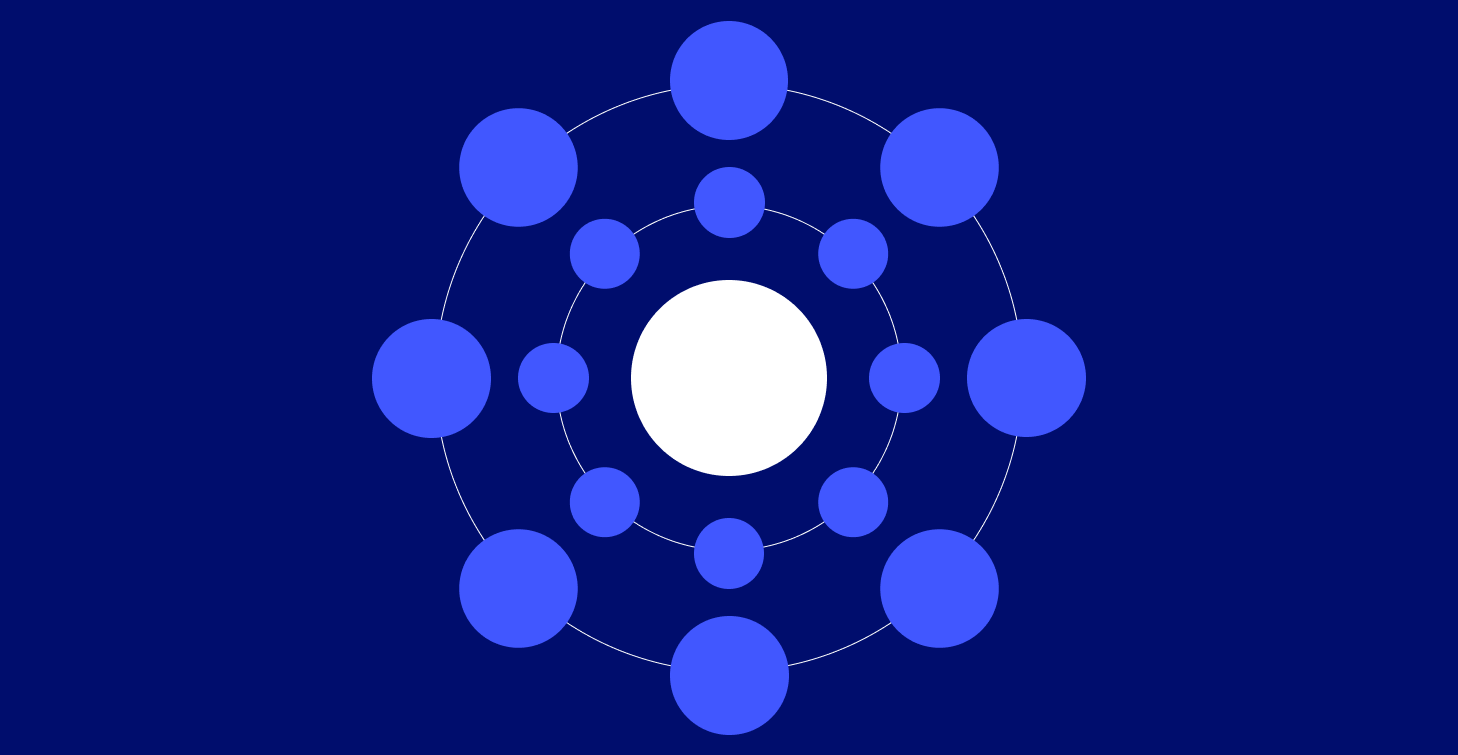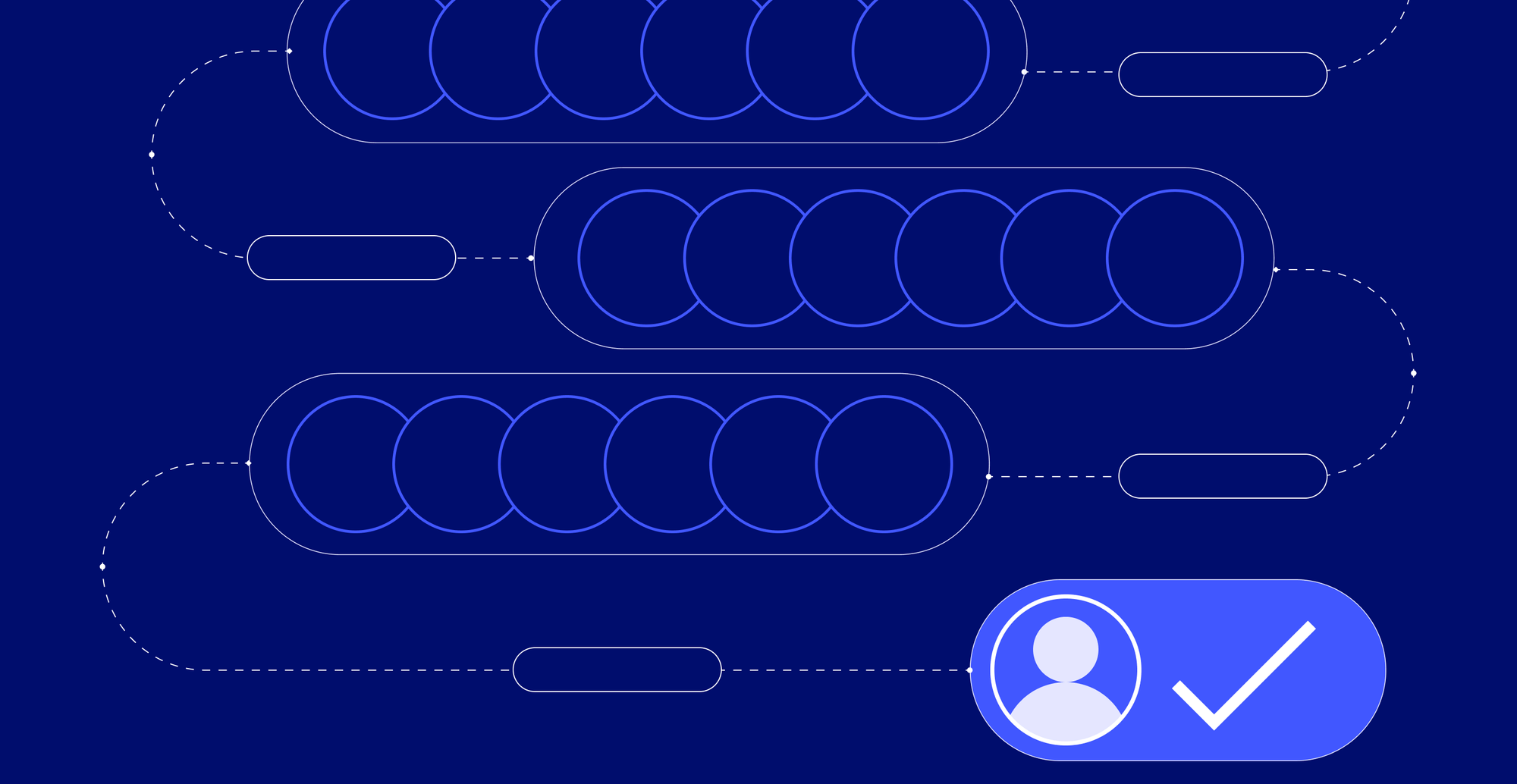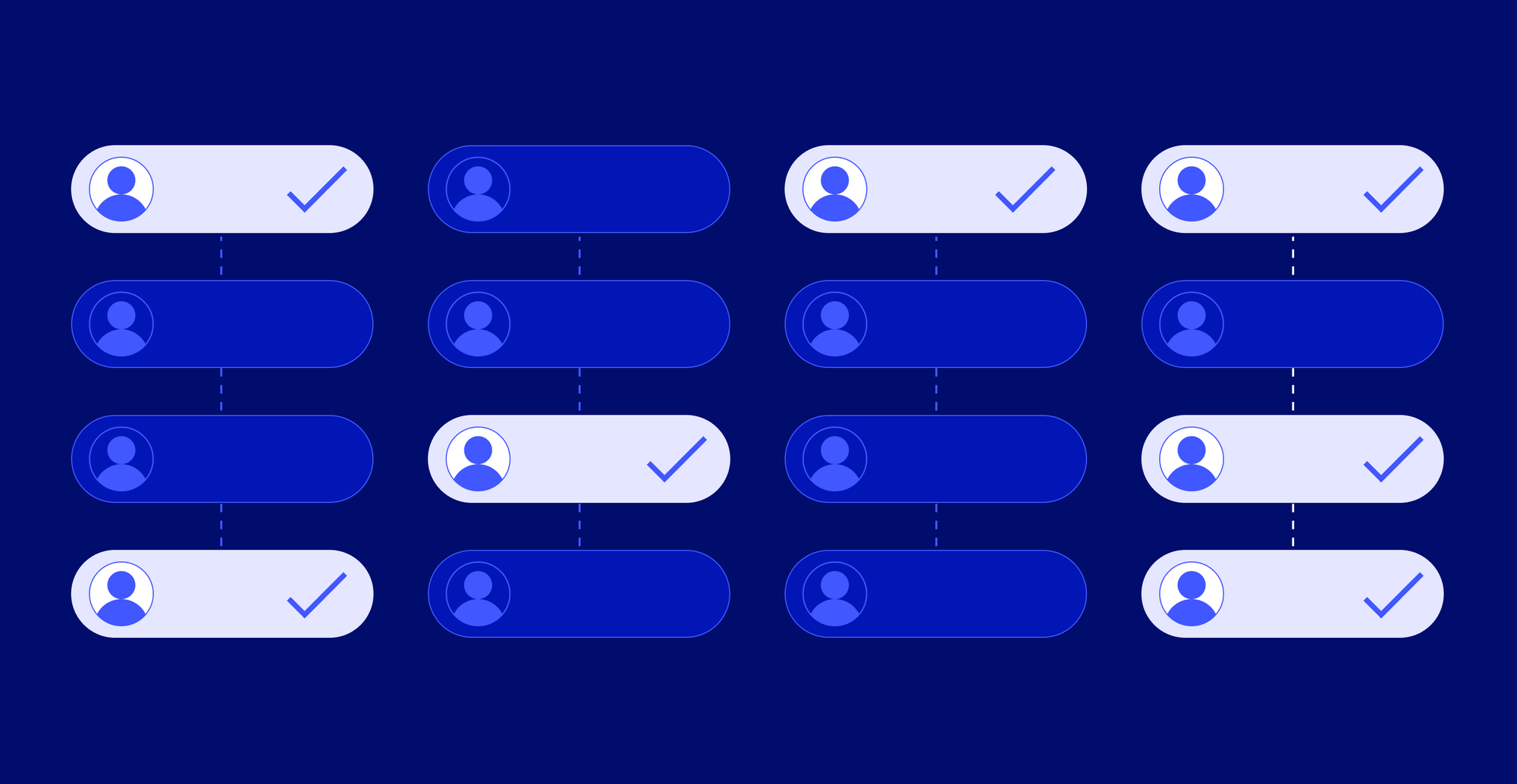How to implement Job Offers Trigger
Engaging a warm prospect leads to more conversions. Learn how to implement the job postings sales trigger event using accessible tools



What's an intent or Buyer signal?
An intent is an event identified as a good momentum to get in touch with a company. The promise is to contact the right companies with the right message at the right time.
The Job offer intent gives us interesting momentum for outreaching a company when they are looking to hire an “ICP-friendly function.”
Indeed, this B2B signal provides insights about the company objectives, stacks & pains they want to solve and may be used as a trigger to start a conversation with other stakeholders in the targeted company.
Did you already craft a job offer when looking for a specific profile to hire? Do you remember how accurately you tried to provide your candidate with everything they needed to know to project themselves in your company?
In most job offers, in addition to company data (fundraising, number of collaborators, customers, company mission), you typically spotlight topics like the “missions & related tasks” this persona would be in charge of, how they will collaborate with other stakeholders, a detailed overview of your stack, and other things you won’t provide elsewhere like if you are accompanied by a specific partner (accounting firm, marketing agency, freelance team, etc.)
This is why “Job offer” is a fantastic B2B signal to qualify an account further, giving you sales data nuggets to personalize the outreach. Furthermore, hiring companies have a budget to spend and need new tools to accommodate the team's growth.
For instance, on the screenshot below, the job offer gives you a lot of gold information: The company is growing and is looking to have a sustainable finance process to maintain this growth pace. The CFO is expected to be hiring other finance folks in the midterm, s•he will also be implementing processes to focus on high-value tasks, they have meetings with investors, so they need reliable metrics & indicators to present to the board, etc.

All those pieces of information are valuable to craft resonating messaging tailored to your prospect's needs. You can learn about company challenges before cold calling, anticipate some objections, show the prospect that you did your job research, work your “Why me, why now” and personalize your LinkedIn voice note.
At Spendesk, we were automatically retrieving through Natural language processing the relevant missions where Spendesk was a great solution to solve the pain they had and then auto-populating those key points in our CRM in a custom object (as well as syncing them in the email body of the sequence).
Finally, like below, you can also write down the key takeways to help spread the knowledge internally.
.png)
Job Offer Intents benefits:
- An automated way to source new leads: You can scrap all companies hiring a specific profile that is part of your ICP and use it to auto-populate your CRM with qualitative leads
- Re-activate accounts already in Salesforce: For companies that are already in your CRM with the close lost status, you can reactivate the account based on the job offer intent and use this as a way to get back to them and highlight how your tool could help the company and the new hire being more effective.
- Add context & personalization when outreach leads: Job offers are a goldmine of information for any sales. You have inside information you won’t find elsewhere, like the pains the company faces that make them hire someone, the core missions where you can relate your product, and a lot of other information you can use to qualify the account further.
- Higher conversion rate & engagement rate: As a consequence of the context & personalization layer we just talked about, “job offers “help you tailor a resonating sales pitch before your competitors as you detect them in an automated way. By being more relevant to your prospect, you increase your engagement & conversion rates. It may also speed up the sales cycle.
- Predictable engine: After running a few tests, you should be able to evaluate the volume you can expect from job offers, the related conversion rate, and so the number of opportunities you can bring each month. Here it’s really important to split into 3 different cases: New accounts you’ve been able to populate in your CRM, existing accounts that you reactivated, and currently assigned to a sales account that you’ve been able to qualify further.
What are the key benefits of leveraging Job offers?
💡 On top of the persona-based segmentation, you may want to narrow down listening only to your IAP company to focus on the most promising accounts, in other words, adding an account-based segmentation layer.
Leveraging Job offers can be tricky as you are probably listening to “Job offers” of your main persona (ie: the buyer of your solution in the prospect company).
Say you sell to the Head of Sales. To start testing this intent, you would listen to job offers for “Head of Sales” or “Sales director” in priority. But if they are your key decision-makers, you would probably need to wait until their arrival before implementing your solution.
So what’s the point of starting a conversation if any way we need to wait for the buyer's arrival?
Glad you asked! Well, you have two main opportunities:
1. Further qualification 📈
The first usage of this intent is to retrieve sales-friendly data from the job offer that will help narrow your messaging/sales script and ensure it resonates. Job postings are a goldmine of data as they mention key tasks/missions. The idea is to identify pains where your solution may be a good fit.
- You can focus your pitch on some use cases according to the tasks/missions mentioned. Following some shared impressions from Jed Mahrle on what he called “Single pain mails” - it’s complicated to sell the “all-in-one” solution - It’s hard to convey multiple benefits to someone.
If your email looks like a list, it sounds more like a template than a truly tailored message for the specific prospect.
My suggestion would be to use the information from the job offer to tailor specific angles you will use in your outreach (ie: mail 1 = angle 1, then email 2 = New Angle) - This is what we call “premise picking”).

- You can often deduce the challenges of the company by checking which persona they are hiring, + the tasks + missions mentioned
- If they are using a tool that integrates well with yours, it can also be a new angle or a way to show you can be easily implemented in their existing stack
2. Triangulation 👥
Don’t worry, we are not talking here about geometry 📐. “Triangulation” describes maximizing penetration within a company by talking to multiple people.At Spendesk, we noticed that more people involved = More conversion rate!It makes totally sense, you always need to address shadow stakeholders beyond just talking to the key decision-makers.

So can we use this momentum to engage with a company? YES - It can be a great way to start talking with stakeholders other than the company's buyer.
For example, if we keep the head of sales being hired, you can still start outreaching the CEO for instance, or any other persona involved in the decision process to influence the decision-making process gradually.

By addressing other stakeholders, you increase your penetration into the targeted account and, by doing so, your chance to convert the company. Especially if you work with companies in mid-market or Enterprise, multi-threading is the way to go.
- A good thing about that is, like most Intent signals, you can craft a hook at scale (also called “Icebreaker”) that resonates with your prospect. Indeed, it shows that you did your lead research (or at least it seems like you did) and that you contacted the prospect for a specific reason, and you will get more replies from your outreach.
At Spendesk, we’ve been using the job board location (indeed, LinkedIn, WTTJ) as a variable, the {{key points}} in the mission where we can relate Spendesk, and an automatic snapshot of the job offer embed in the email template.
Finally, you can also use this intent as a trigger for secondary personas that are “influencers” in the decision process. We call “influencers”, people who are part of the decision process and can greatly influence buying (or not buying) a tool.
For instance, if you sell to CFO, often you have an office manager or accounting profile helping them with the day-to-day operations - So if you see a job offer looking for an “Office manager” or “Accountant” from a targeted company, you can leverage this intent to your advantage by smoothly introducing your solution to the buyer (so the decision maker, here the CFO) based on the pain points explained in the job offer.
In the screenshot below, (they already use Spendesk) but the key points of the mission would be gold ⭐ when outreaching the buyer in the company.

The challenge
For this Intent, the timing could be key depending on the new hire they are looking for and the structure of the company when they post the job
- Be careful not to present your solution as a tool that can replace the person they want to hire but as a tool that will empower this new hire helping save time and money!
- If the timing is not right, create a task in your CRM to contact them in 2-3 months and ask if they hired the new candidate (it's perfect to create a long-term relationship with prospects). At Spendesk, we were lucky to have a CFO community, so we could ask if they successfully hired without being weird, as we could help them by promoting their job offer in our network.
How can you find the data?
As always, you can start manually to have reliable performance data before diving into third-party solutions that can do your hard work.
“Ship Small, Ship Fast, but don’t compromise over quality”
Before scaling, you can start scraping job boards like Welcome To The Jungle, and LinkedIn Jobs or manually subscribe to job alerts from your prospects via email on websites like Indeed & Glassdoor.
Then, do a test on a “minimum viable sample size” to ensure your results are statistically significant (at least 100 accounts)
Once you’ve validated how useful job intent can be in enriching your CRM and giving you great nuggets to narrow your messaging, you can think about a third-party tool that listens to these events.
How to scale Job offer Signal
Choose your favorite solution to listen to hiring signals: Asgard, or Lonescale, which handles this intent.
As for all Intents, at Spendesk, we pushed the data on the Account in a custom object called “Insights” (top-right column) where any sales can find all intent pieces of information gathered in the same place.

Data you have in the Job offer Insight:
- Title of the offer
- URL of the job posting
- Description of the offer
- Key points (key mission points where we can position Spendesk)
- Tool (if detected in the jobs)
You can easily set up a smaller workflow working with your CRM with Zapier, Make, or n8n, here is two examples:
1. Simple workflow

2. Advanced workflow

Practical Demo with Lonescale
Things you can do to support the Job offer process in your company
1. Email or Slack notifications to the sales rep assigned to the account with a link to the CRM object in your CRM
2. All Intent-related data nested in the Insights object
3. Dedicate Outbound cadences to engage the leads with the right messaging, and variables
💡 On the engage part, we had dedicated cadences based on who we were sending to & based on which profile they were hiring.
4. Dedicated CRM dashboard to access all accounts with Intents for each sales rep allowing them to prioritize accounts with intents
At first, you listen to companies that are hiring your Key decision-maker, but you can broaden the audience and use cases:
- Job offer signal on your existing customers base ⇒ opportunity for CSM to upsell?
- Broaden on other personas that are involved in the buyer journey: Listen to the influencer’s role job posting
- Listen to specific job titles often represented in your existing customer's account structure (ie: when a company hires an “Ops” profile or an accounting profile…).
If it’s a common pattern of the function distribution you can see on your customer company structure, you can also listen to those profiles. Especially since you would use this information to further qualify the account in your CRM.

I was even asking myself why I would not listen to any IAP (Ideal Account Profile) company hiring to drastically broaden the coverage of this intent and help expand the process and qualify more accounts in our CRM… I did not do it but may deserve a look.
How do you organize Sales internally for this intent?
I would suggest having a dedicated squad to leverage this intent because it’s easier to connect with a small team, get a feedback loop to iterate, and future-proof the process before expanding to every sale.
Then you can broaden the process thanks to a round-robin process. But here, make sure to have trained your sales on this intent, providing dedicated sales materials, basically everything they need to know to master the intent leads.
Prospect smarter with live stakeholder mapping
One click in Salesforce reveals the entire verified buying committee with accurate contact details and keep stakeholders up-to-date. It’s not just “updated often” — it’s actually live.














